Seed DNA Extraction: Key Considerations and Methods
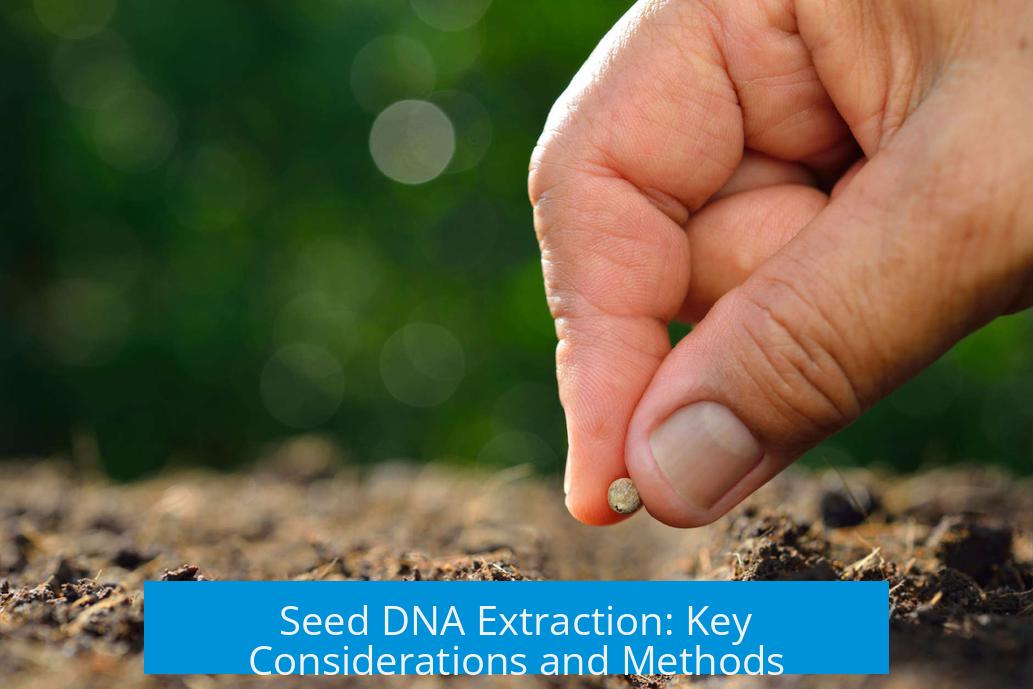
Seed DNA extraction involves unique challenges due to seed density, oil content, and low water level, requiring tailored disruption and purification methods to obtain clean DNA suitable for downstream applications.
Challenges of Seed DNA Extraction
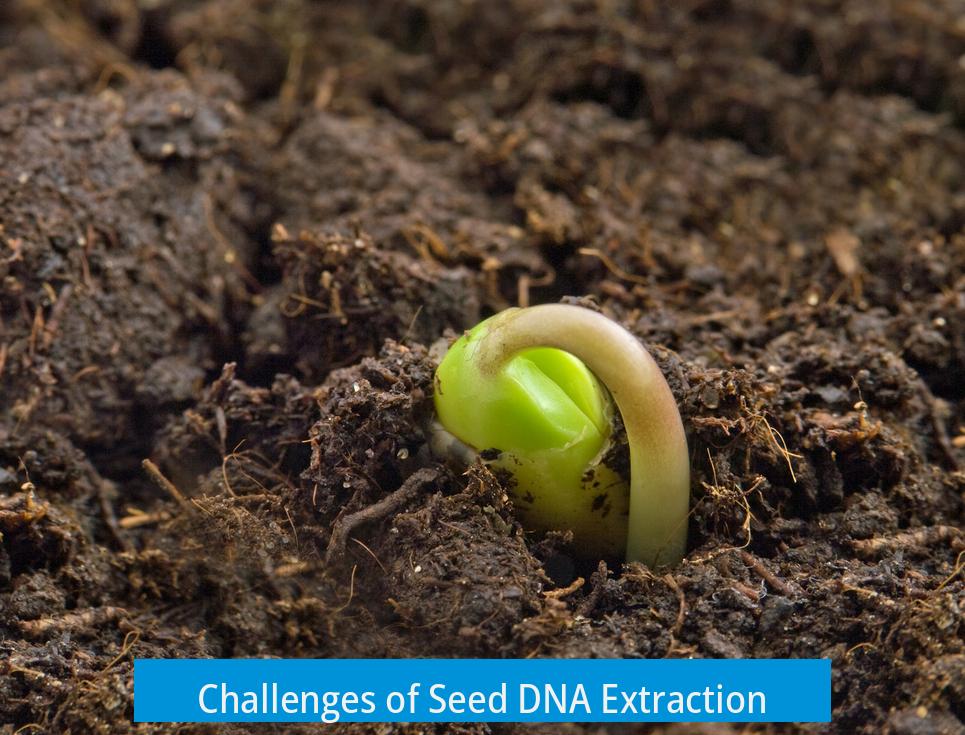
Seed tissues are denser than typical plant tissues, containing more cells and unwanted compounds per unit mass. This density increases lysate viscosity and contamination risk.
Seeds from oil-rich plants, such as canola and hemp, contain significant oils. These lipids complicate extraction since oils co-purify with DNA, reducing purity and yield.
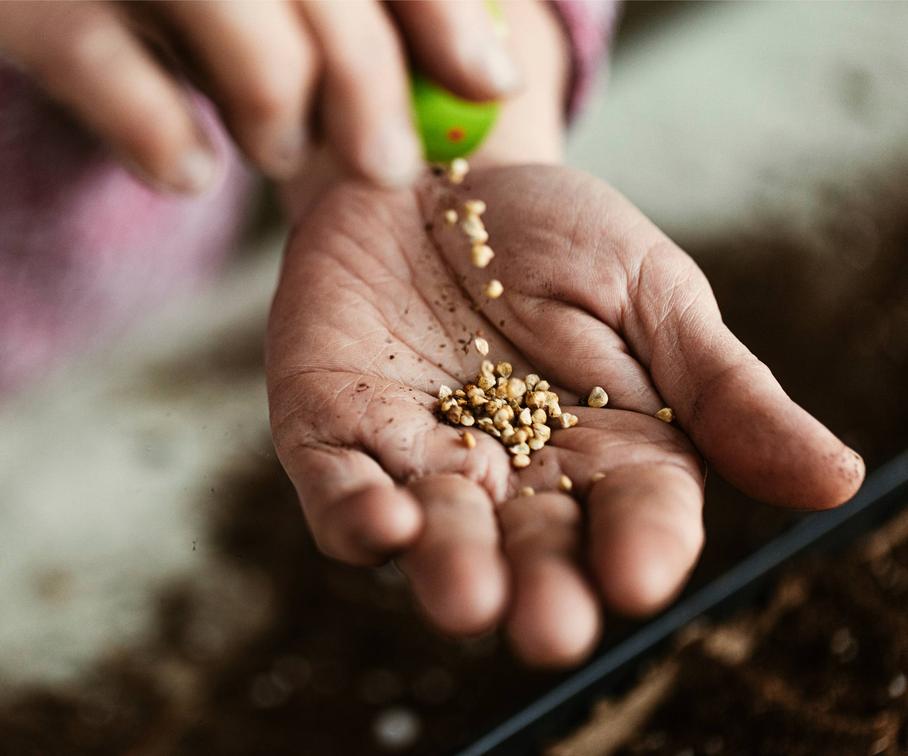
Effective Disruption Techniques
- Mechanical disruption is essential. Methods include bead mills, homogenizers, or mortar and pestle grinding.
- Bead milling with 5 mm stainless steel beads combined with liquid nitrogen freezing enhances tissue breakage.
- Flat-bottom tubes prevent bead jamming, ensuring thorough and uniform grinding.
- Soaking seeds overnight in water softens tissues, facilitating homogenization.
Lysate Preparation and Quality Control
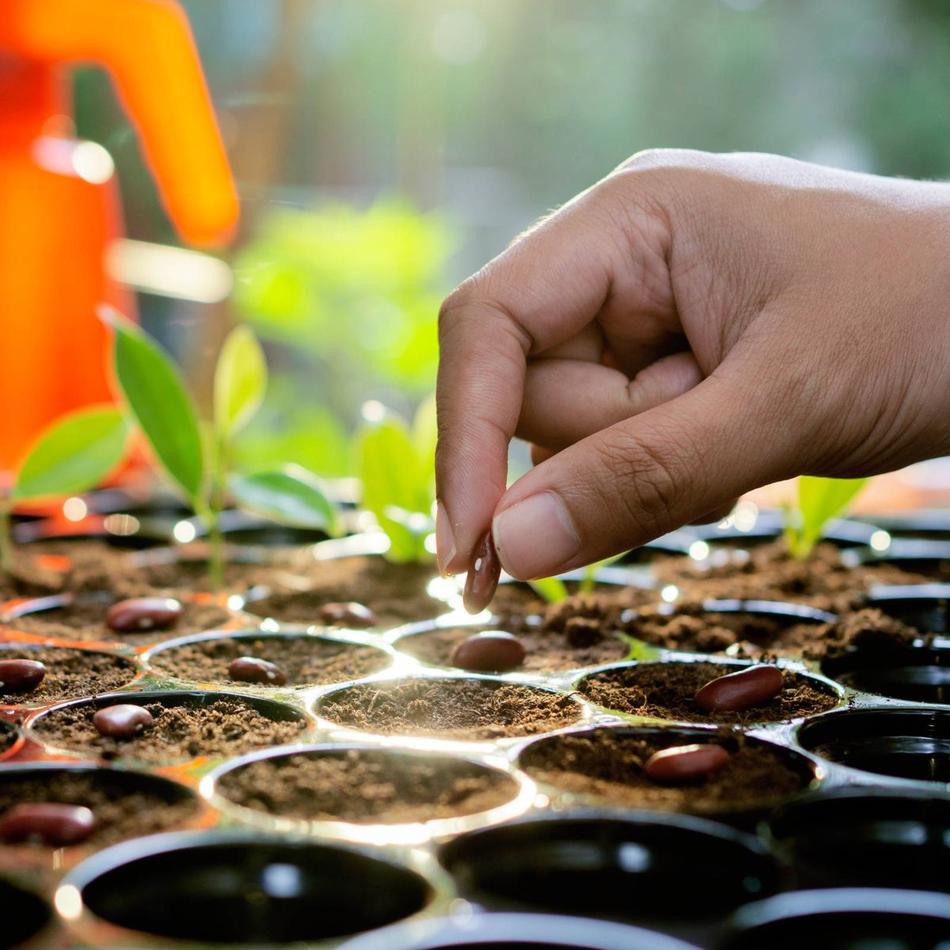
Before purification, lysate viscosity must be managed. Highly viscous lysate or particulate debris can clog purification columns.
It is advisable to reduce starting seed material to one-quarter or one-half compared to leaf samples. Increasing lysis buffer volume also helps dilute viscous components.
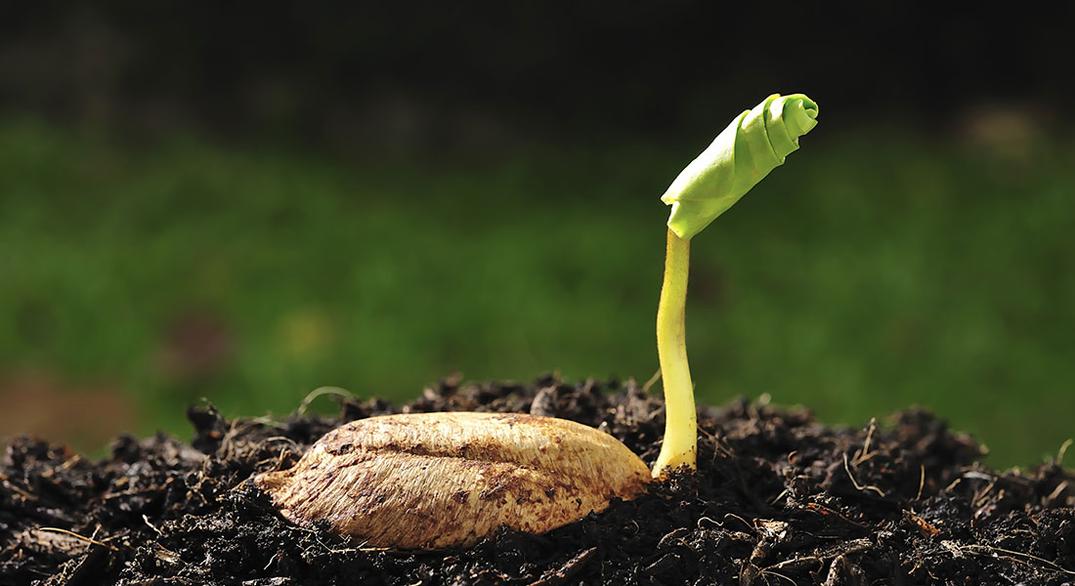
Seeds naturally contain less water, which contributes to the concentrated nature of lysates and necessitates adjustments in extraction protocols.
Extraction Protocols
| Method | Recommended Use | Notes |
|---|---|---|
| Phenol/Chloroform Extraction | Oily seeds (e.g., hemp, brassicas) | Includes extra isopropanol precipitation and ethanol wash for purity |
| Column-based Kits | Less oily seeds with low viscosity lysate | Requires careful lysate preparation to avoid clogging |
Troubleshooting Tips
For persistent contamination, dilute DNA extracts prior to PCR. DNA is amplifiable at low concentrations, and dilution reduces inhibitor effects.
Commercial Solutions
Kits such as QIAGEN’s DNeasy Power Plant propose seed-specific extraction solutions. These kits may facilitate cleaner isolation but require validation for each seed type.
Key Takeaways
- Seed density and oils complicate DNA extraction.
- Effective mechanical disruption with bead mills and liquid nitrogen improves yield.
- Reduce starting material and increase buffer to decrease lysate viscosity.
- Use phenol/chloroform extraction for oily seeds, with additional precipitation steps.
- Dilute extracts to minimize contaminants during PCR amplification.
- Consider specialized commercial kits designed for seed DNA.
Mastering Seed DNA Extraction: Challenges, Tips, and Expert Tricks
Seed DNA extraction is a bit trickier than extracting DNA from leaves or other plant tissues. Why? Seeds are dense little packages. They pack more cells—and thus more DNA—into a smaller space, but they also come with a bunch of unwanted baggage like oils and viscous materials. Let’s dive into why seed DNA extraction is a science and an art, and how to get that pure DNA gold you want.
Why Is Seed DNA Extraction So Challenging?
Imagine trying to get juice from a tightly packed fruit pit. That’s what seeds feel like from a DNA extraction perspective. The density of seeds means you could easily overload your extraction with too much starting material, which leads to gooey, viscous lysate. A viscous solution is a nightmare because it clogs up columns and messes with the purity of your DNA.
Plus, seeds like canola or hemp are oily. Oils are notorious DNA extraction saboteurs—they create a greasy mix that’s hard to purify. While plant leaves have low oil content and are easier to handle, seeds’ high oil makes your job tougher.
A Good Start: Disruption Techniques Are Key
You can’t get DNA without breaking open cells first. For seeds, this step requires more muscle. Use homogenizers or bead mills over just mortar and pestle—although the classic pestle does work if you are in a pinch. Specifically, a bead mill with 5 mm stainless steel beads combined with liquid nitrogen is a potent duo. Why liquid nitrogen? It freezes seeds, making them brittle and easier to pulverize without overheating and damaging the DNA.
Don’t forget about tube selection! Flat-bottom tubes prevent beads from getting stuck. Avoid round-bottom tubes unless you like having beads playing hide-and-seek at the top.
Want a gentler method? Soaking seeds overnight in water can soften them up nice and slow. It’s like a spa day for seeds before the DNA party.
Prepare Your Lysate Like a Pro
Your lysate’s consistency matters. If it’s too thick or loaded with seed fragments, prepare for trouble. For column-based extraction kits, a viscous lysate will clog your columns faster than you can say “repeat spin.” Start with less seed material than you would for leaves—half or even a quarter of the usual amount is a good rule of thumb. Alternatively, increase the amount of lysis buffer to keep things fluid.
Seeds have less water than leaves, so expect concentrated cellular material. Adjust your protocols accordingly to avoid sticky messes.
Extraction Protocols That Work Wonders
For oily seeds like hemp and brassicas, phenol/chloroform extraction remains a top pick—even in the age of kits. This method’s organic solvents help separate oils from DNA more efficiently. Bonus tip: an extra isopropanol precipitation step followed by an ethanol wash can boost your DNA purity. It’s an old-school trick, but it really works.
If you prefer columns, patience and preparation are your best friends. Ensure the lysate is clear enough—less viscous and fewer particles—before loading. That way, the DNA binds properly to the column, and you get a clean elution.
What If Things Go Wrong? Troubleshooting Tips
Contaminants can be stubborn. They sneak into your extract and scream “PCR inhibitors!” If your PCR reactions act funny—no amplification or weird curves—try diluting your DNA extract. Seriously, you might reduce contaminants enough to still get clear PCR signals. DNA is surprisingly resilient; even tiny amounts can amplify with the right tweaks.
Commercial Kits: Friend or Foe?
Feeling overwhelmed? There are specialized kits for seed DNA extraction, such as the DNeasy Power Plant Kit from QIAGEN. While some haven’t personally tested it, these kits promise simplified workflows tailored to seed complications. Kits can be a great starting point if you want to save time or avoid organics like phenol. However, remember: even with kits, pre-treatment steps like proper disruption and lysate prep matter a lot.
Extra Tips for Seed DNA Extraction Success
- Use only a small amount of seed at first. Less is more, especially for beginners.
- Liquid nitrogen is your best friend. It makes grinding seeds easier without damaging DNA.
- Add an incubation or soaking step. Overnight soaking softens seeds, making disruption more effective.
- Be patient with precipitation steps. Extra precipitations and washes remove oils and other contaminants better.
Real-World Experience: Why Trial and Error Matters
Working on hemp DNA, a notoriously oily seed, required several tweaks. Initial attempts had sticky lysates that clogged columns and gave weak PCR signals. By adding an overnight soak and a phenol/chloroform extraction, plus an extra isopropanol precipitation, purity skyrocketed. Imagine going from a swamp of goo to a crystal-clear solution! It’s those small but deliberate changes that transform messy protocols into reliable workflows.
Final Thoughts: Seed DNA Extraction Isn’t Rocket Science, But It’s Tricky
Extracting DNA from seeds requires care, precision, and a pinch of patience. Different seeds throw different curveballs—density, oils, low water content. Choosing the right disruption method, adjusting starting material, and carefully preparing lysate all increase your chances of success.
Most importantly, stay flexible. Sometimes diluting extracts or using an organic solvent extraction method will save your experiment. Invest in good tools—like bead mills and liquid nitrogen—and consider commercial kits for tricky samples.
Next time you tackle seed DNA extraction, remember: the process can be straightforward with the right tips and a little humor. After all, even seeds need some TLC to release their secrets!
Why is seed DNA extraction more difficult than leaf DNA extraction?
Seeds are denser and contain more cells per weight. This includes more unwanted material like oils and viscous substances. Using less starting material is necessary to avoid contamination and improve DNA quality.
What disruption methods work best for extracting DNA from seeds?
Effective methods include homogenisers, bead mills, or mortar and pestle. Using a bead mill with 5 mm stainless steel beads and liquid nitrogen can improve disruption. Flat bottom tubes prevent beads from getting stuck.
How can the presence of oil in seeds affect DNA extraction?
Oil-rich seeds, such as brassicas, pose challenges because oils interfere with clean DNA extraction. Using phenol/chloroform extraction with extra precipitation and ethanol wash steps helps remove oils better.
What should be done if the lysate is too viscous or has particulate matter?
Reduce the amount of starting material or increase lysis buffer volume. Ensuring the lysate is less viscous and free of particles is important before applying it to columns for DNA purification.
How can contaminant effects be minimized during PCR after seed DNA extraction?
Diluting DNA extracts can reduce contaminants that inhibit PCR. Even diluted DNA often amplifies well, improving PCR results when inhibition occurs due to impurities.


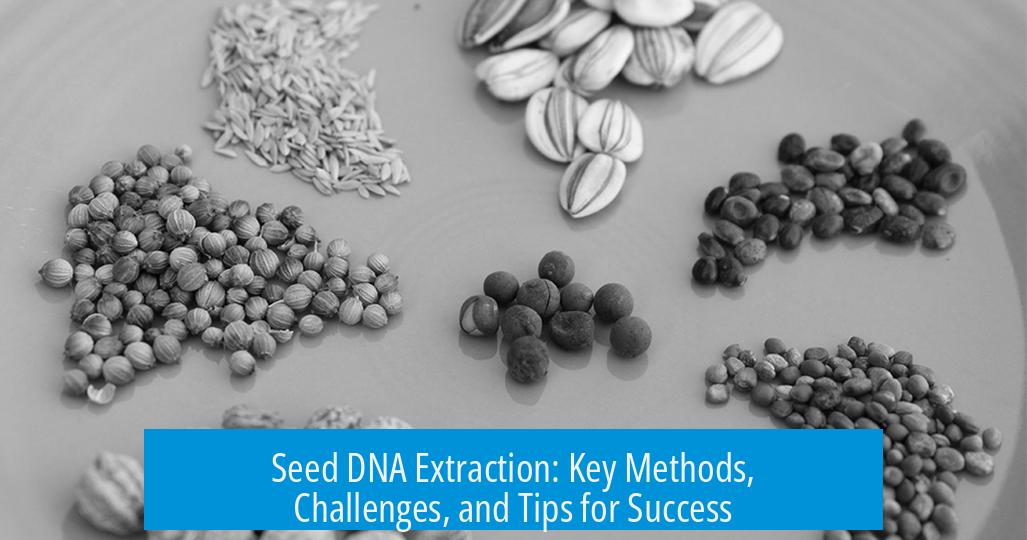

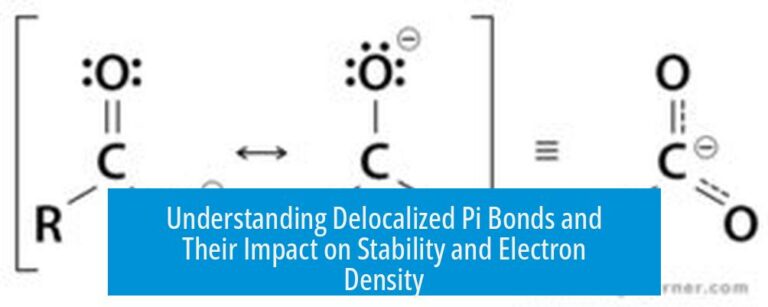
Leave a Comment